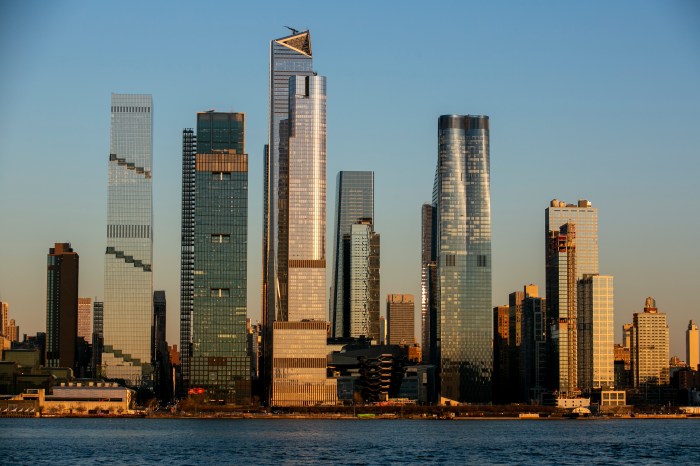By The Times/Ledger
Named for its location at the midpoint of the Williamsburgh and Jamaica Turnpike (now Metropolitan Ave.) which opened in 1816 and ran from Bushwick Ave. to Jamaica. And, 1816 is the year Middle Village was established. In 1852 a Lutheran church bought several farms north and south of Metropolitan Ave. which were made into a large cemetery. Adding to the Lutheran cemetery, the Catholics laid out St. John's Cemetery east of 80th St.
After the Civil War the population became mostly German, but the growth of Middle Village was limited by the cemeteries and by Juniper Swamp (filled in 1915 to make Juniper Park), and it came to cater almost exclusively to visitors of the cemeteries. For years Metropolitan Ave. was lined with monument works, flower shops, small hotels and saloons. Reflecting that is Niederstein's Restaurant, 69-16 Metropolitan Ave., 326-0718, established in 1845 and very much in business today, serving great German food and drink. It wasn't till after the Second World War that housing finally caught on with Jewish, Italian and a number of immigrants from Yugoslavia and the Balkans settling into Middle Village. More info: Community Board 5, 366-1834.
Settled in 1642 and named Mespat after the Mespaechtes, a Native-American tribe which inhabited the headwaters of Newtown Creek. It is the oldest of Long Island's colonial sites. The area was also summer home of New York's Governor DeWitt Clinton, who served not only as governor, but also mayor of the city. One of the only remaining buildings from its past is the Maspeth Town Hall, 53-37 72nd St., 335-6049, built in 1897, it serves as the neighborhood's community center. Today, Maspeth's industrial area is the largest trucking center in New York City. Its neighborhood of private houses are owned predominately by persons of German, Italian, Irish, Polish or Lithuanian descent. More info: Maspeth Chamber of Commerce, 326-2400; Community Board 5, 366-1834.






























